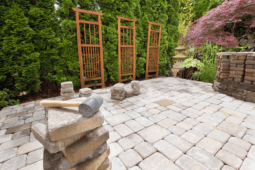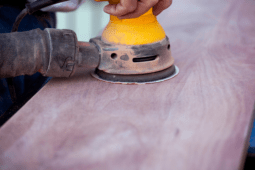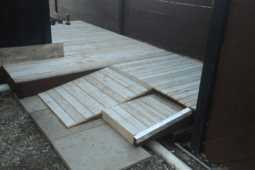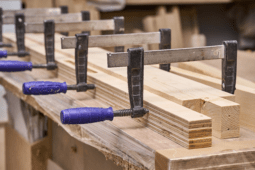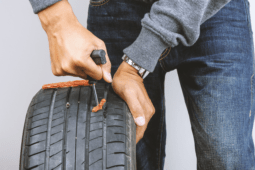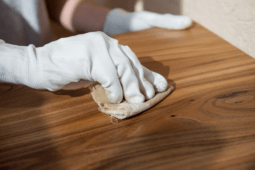How To Fix A Misaligned or Sagging Door
A misaligned door can be a real hassle in your home. If it’s scraping along the floor or the top of the door jamb it can damage both the door and the structure around it. It can also be a problem if your door doesn’t open or close properly. A misaligned or sagging door is something that you can easily fix yourself, and we’re here to show you exactly how to fix a misaligned door without having to call in a professional.
What Causes Misaligned Doors?
Once you’ve noticed that your door is sagging or that it’s misaligned, you need to understand why it’s happened. A door that is misaligned will likely scrape along the floor as you open and close it, or stick while trying to move it. This can be caused by several factors. A misaligned door could be the result of loose screws on the top hinge of the door, or a sagging door could happen as your house ages.
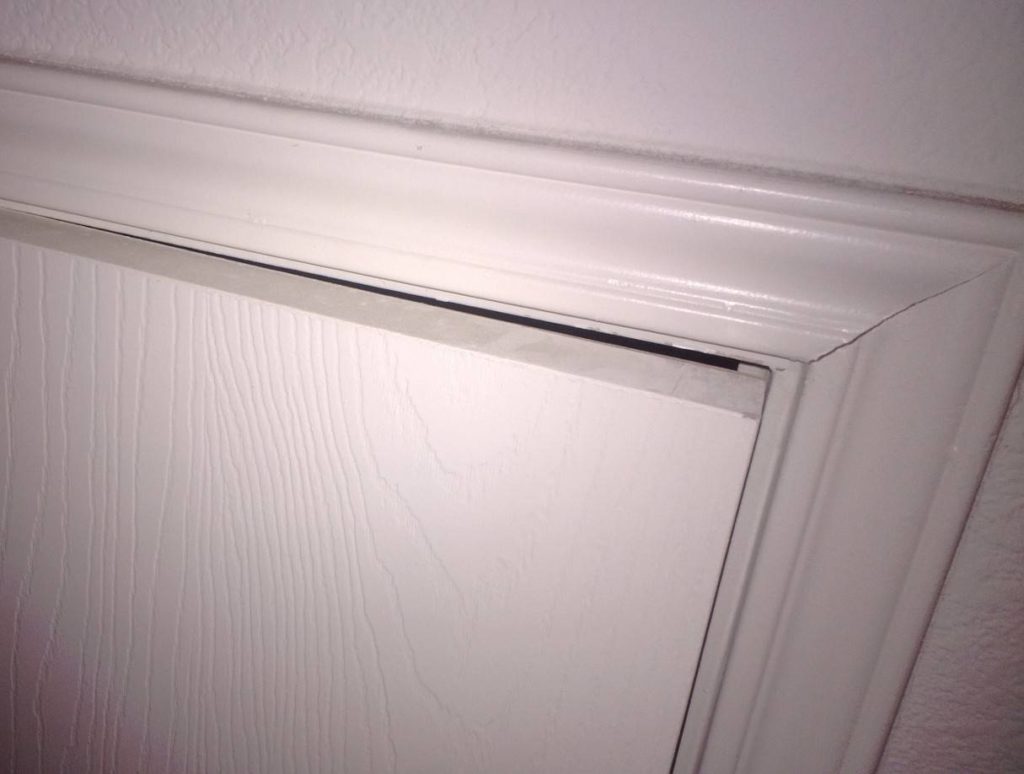
Another reason you might have a misaligned door is if you recently took the door off the hinges to paint or stain. If the frame of the door was painted, the extra layers of paint could be pushing the door out of alignment. There are a number of ways that you can fix a misaligned door, depending on what the issue is. ManMade DIY will show you all the methods you’ll need to know.
Tools You’ll Need (Depending on the Fix):
- Screwdriver
- Cordless drill
- Hammer
- Screws (2—2 1/2-inch long)
- Wood dowels
- Wood glue
- Sandpaper (varying grit from 80- to 220-grit)
- Orbital sander
Step 1:
The first step, and the easiest step, is to check the hinge screws on the door. A simple fix for the misaligned door could be a matter of tightening a few screws. If the top of the door scrapes against the door jamb, check the top hinges.
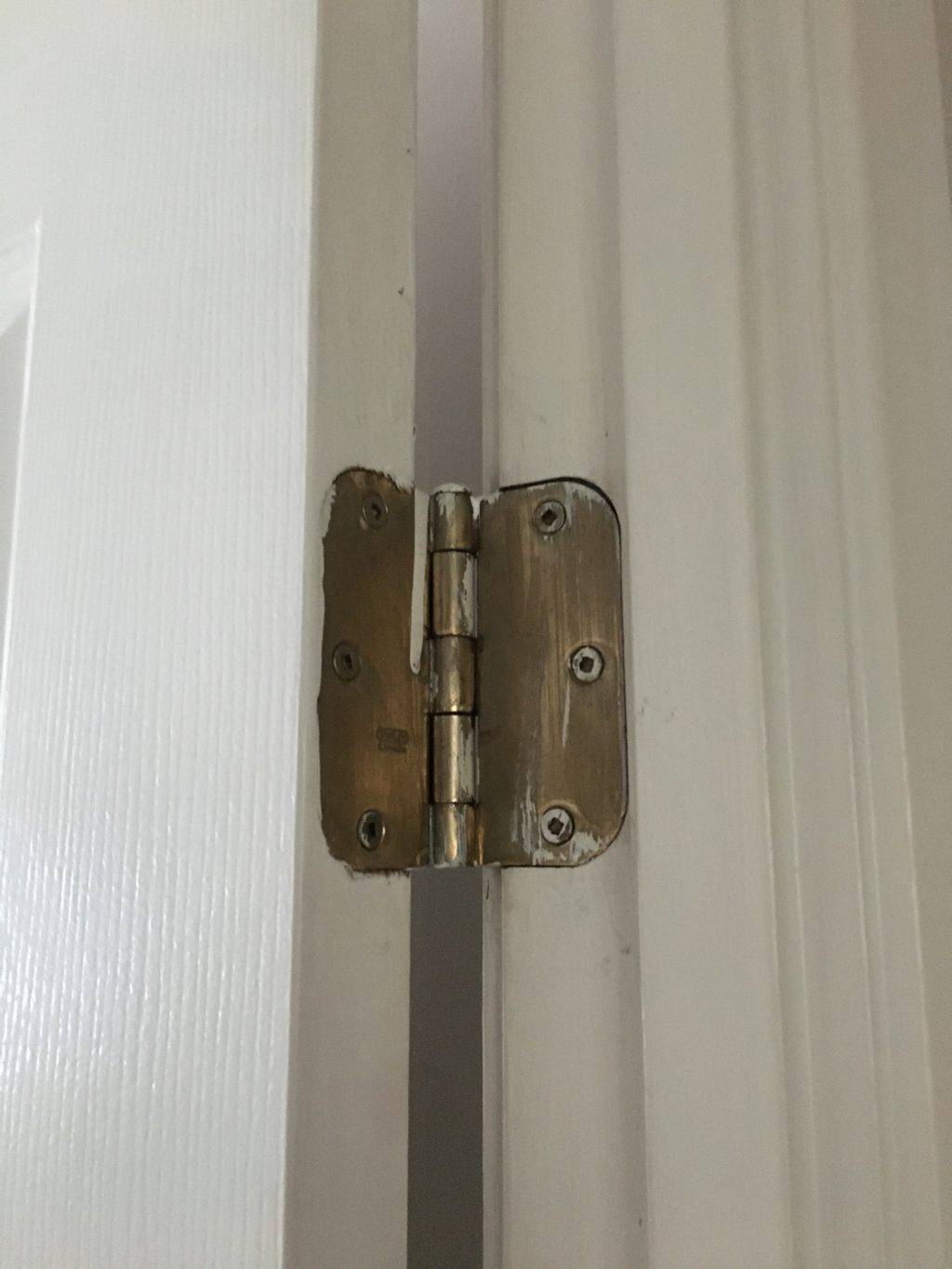
Tighten the screws that hold the hinge to the jamb, as well as the screws that hold the door to the hinge. Even if the screws don’t seem like they’re loose, even a turn or two with a screwdriver could make a difference.
Step 2:
If you’ve tightened the screws on the hinge but the problem is still there, the next step is going to be switching out the screws for longer ones. Unscrew the bolts on the top hinge and check the length of it. If the screw is less than 2—2 1/2 inches short, you could replace them with long screws.
The longer screws can help to better support the weight of the door and keep the door fastened properly to the hinge and the jam.
Step 3:
If you’ve tightened the screws or replaced them and the door is still not closing properly, check out the strike plate. The strike plate can loosen from the door jamb over time, which will then scrape over the door latch.
Using a manual screwdriver or a cordless drill, tighten the screws on the strike plate. If it’s still loose even after tightening it, you can swap out the screws for 2-inch ones.
Step 4:
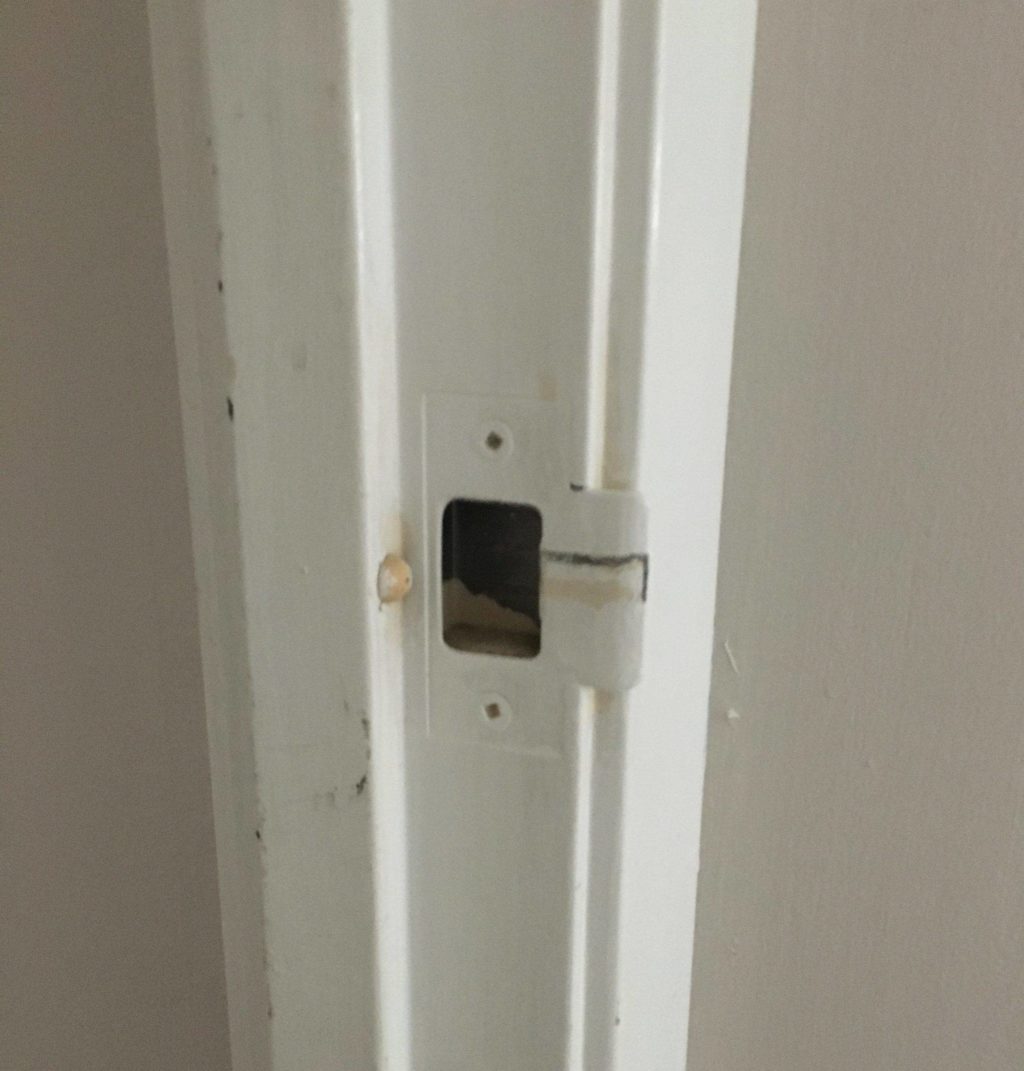
Step 5:
Step 6:
A misaligned door or sagging door might not be from loose hinge screws or a misaligned strike plate. Over time as a house settles and shifts, a door could swell or a door frame could shift. If this happens, you can attempt to repair the door by sanding or trimming it. Start by marking the spot on the door that you need to sand down. Remove the door from its hinges so you can properly work on it.
To sand the door, start with 80-grit sandpaper or an orbital sander. Sand down the marked area using long even strokes. Remember in this case that less is better to start. You can’t un-sand the wood if you take too much off! Rehang the door to make sure it fits, leaving a small amount of space at the top. If it doesn’t fit properly, repeat the rough sanding.
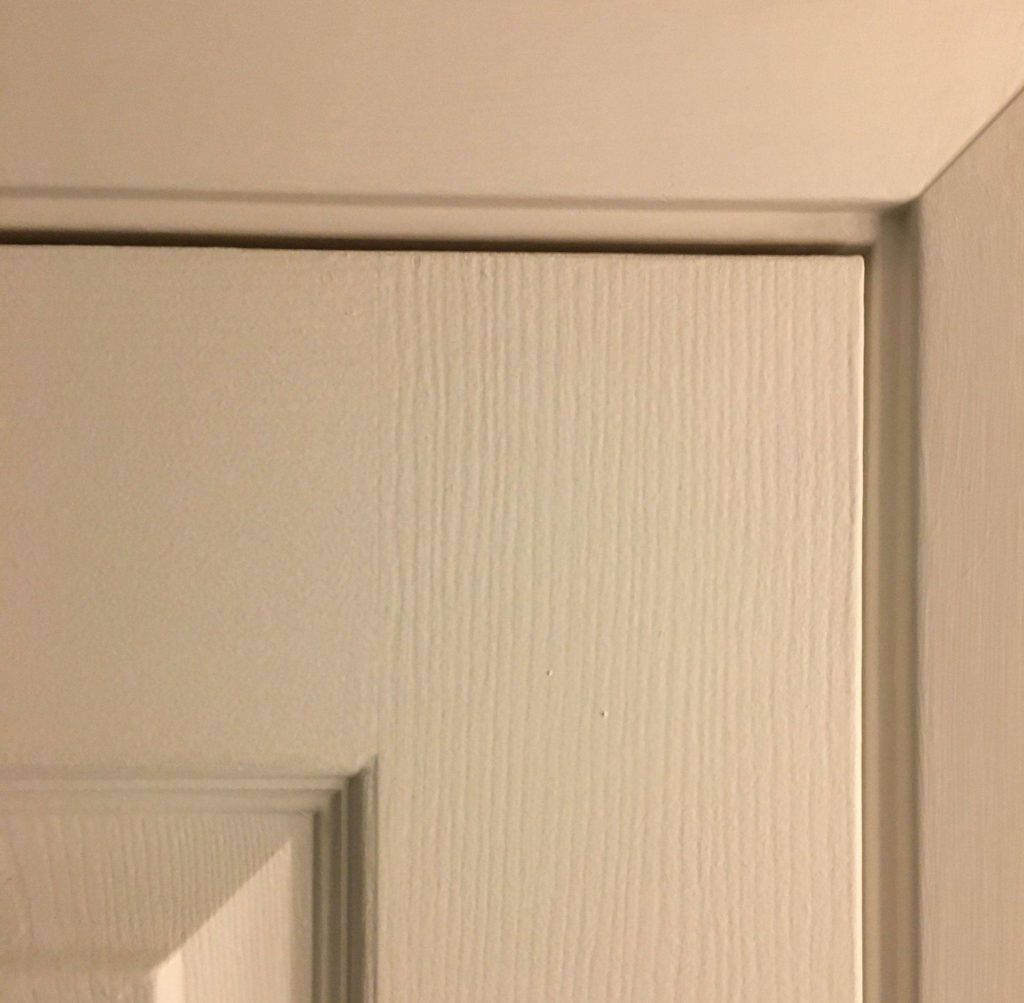
Once you’re happy with the fit, remove the door and smooth the sanded area using 150-grit sandpaper. Prime, paint, or finish the area to match the rest of the door. If there’s a stain on the door, sand the area with 22-grit for the smoothest texture, then finish the door and rehang it.
Step 7:
The final possibility if none of these fixes apply to your situation or nothing seems to work, is that you might need to replace the door frame. If the door frame is warped, hinge repairs or shifting a strike plate aren’t going to be the solutions you need.
How to Prevent Misaligned Doors
There’s no guaranteed way to stop misaligned doors or sagging doors from happening, but there are a few things you can do to prevent it!
A door that swells is the result of humidity. If a heat source is too close to the door or there isn’t proper ventilation in the area, this will cause the door to swell or warp. Ensuring that you have proper ventilation in your home is good for your doors—and good for you.
Another way to prevent misaligned doors is simply by checking in on the door hinges in your home regularly. Ensure that the screws in the hinges are tightened properly and that the strike plate hasn’t loosened.
The other preventative measure you can take is to stop doors from slamming. If you want to have the windows open to get a breeze through your home, use doorstops to prevent any doors from slamming shut in the wind. The slam of a door can easily loosen the screws or other parts of a door, leading to a misaligned door.


